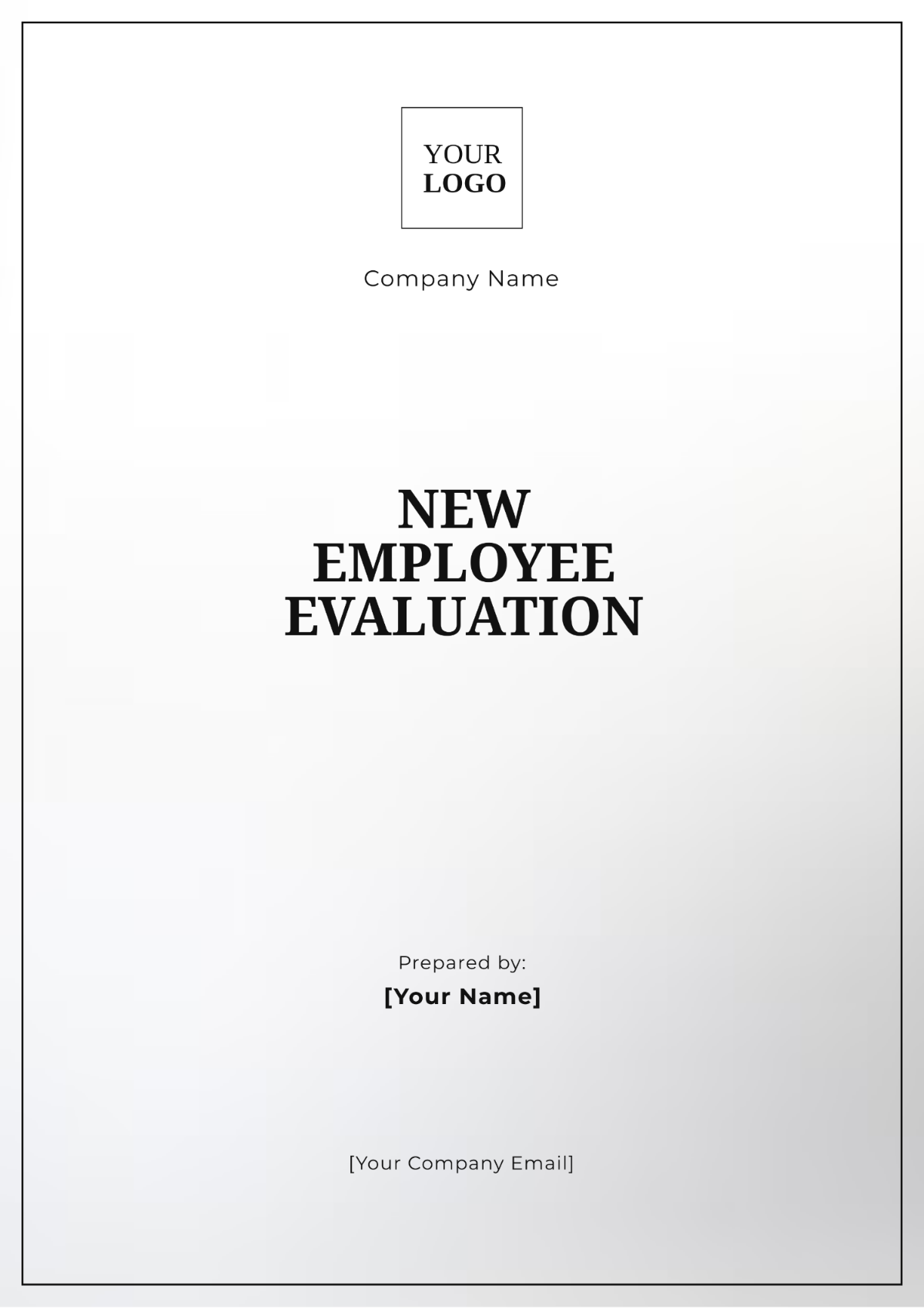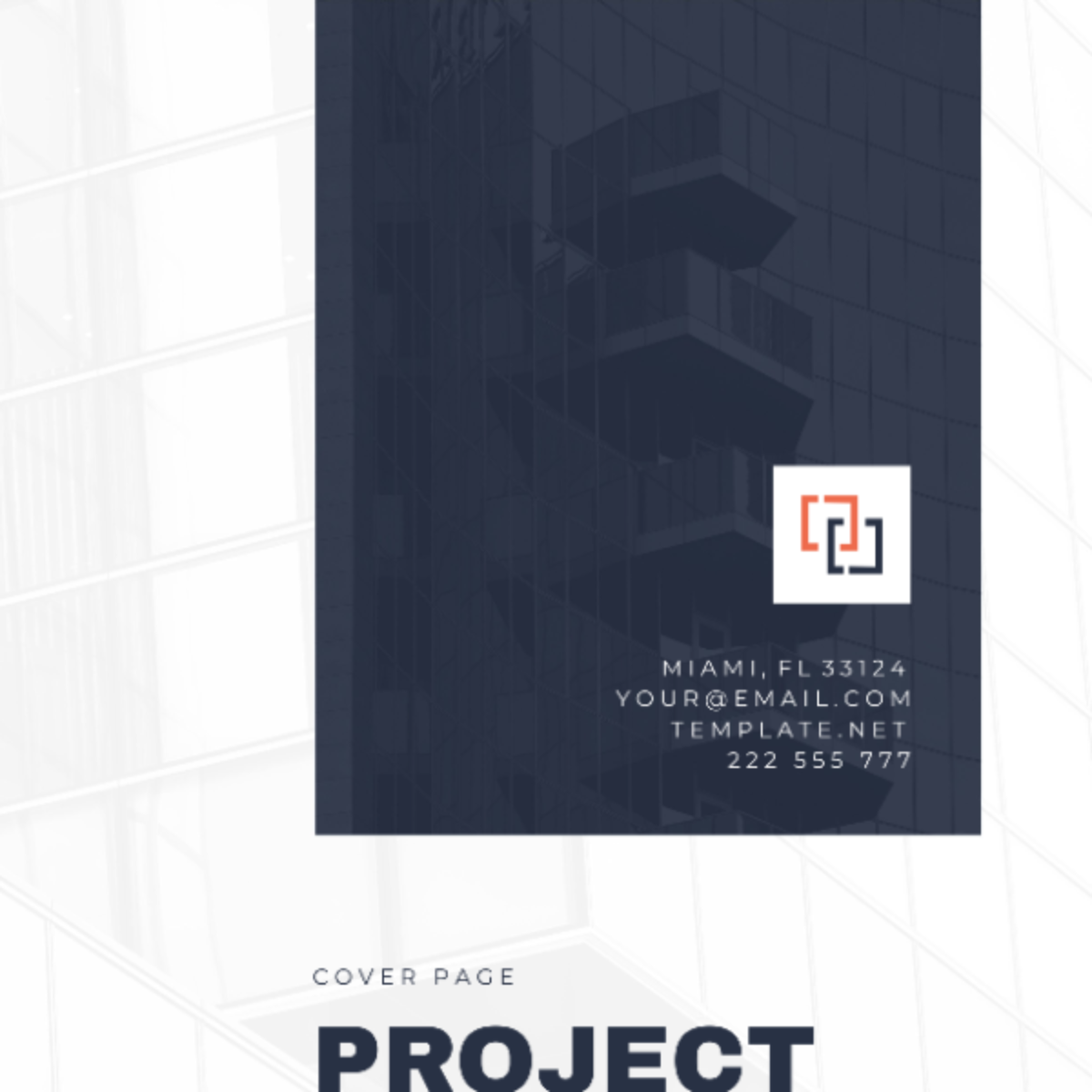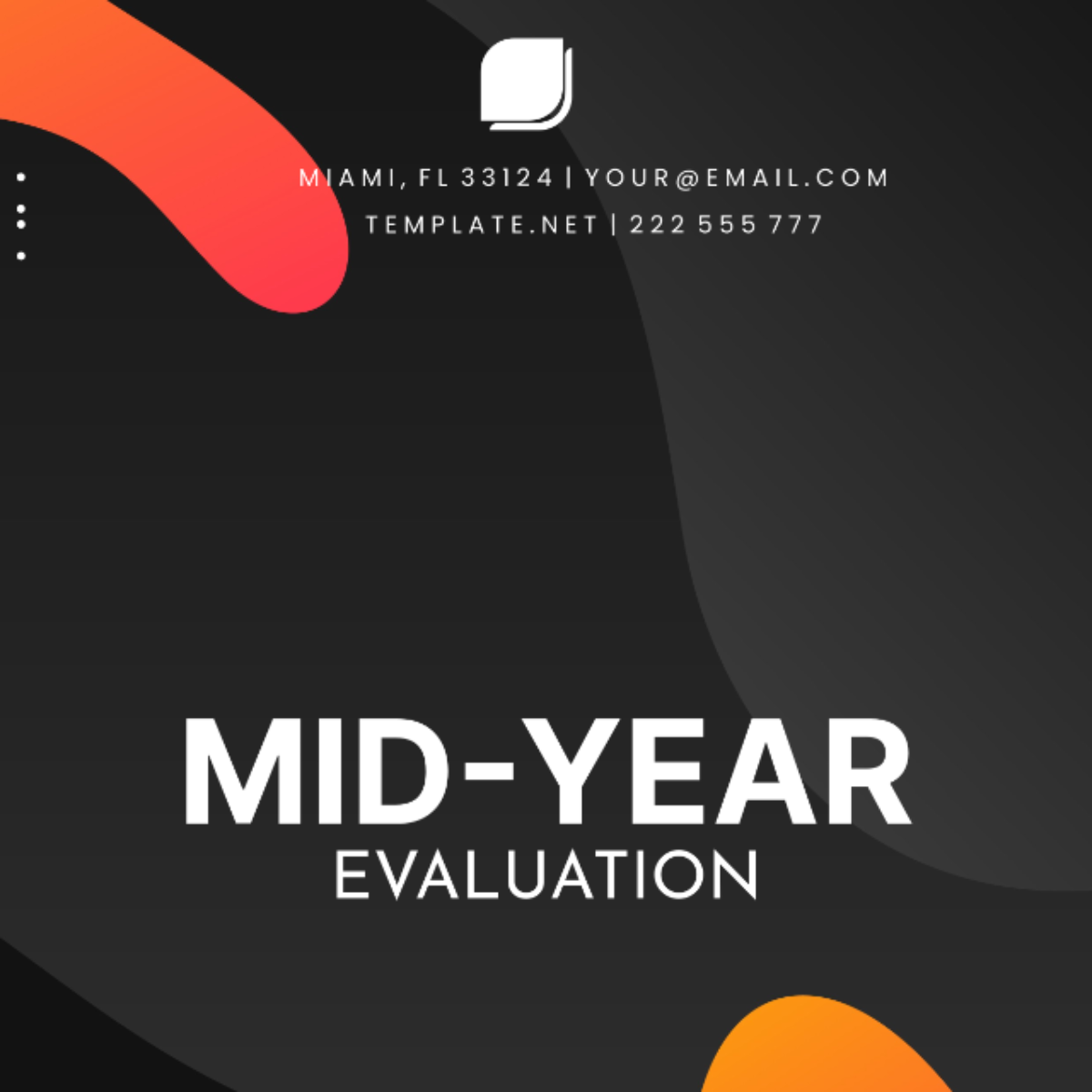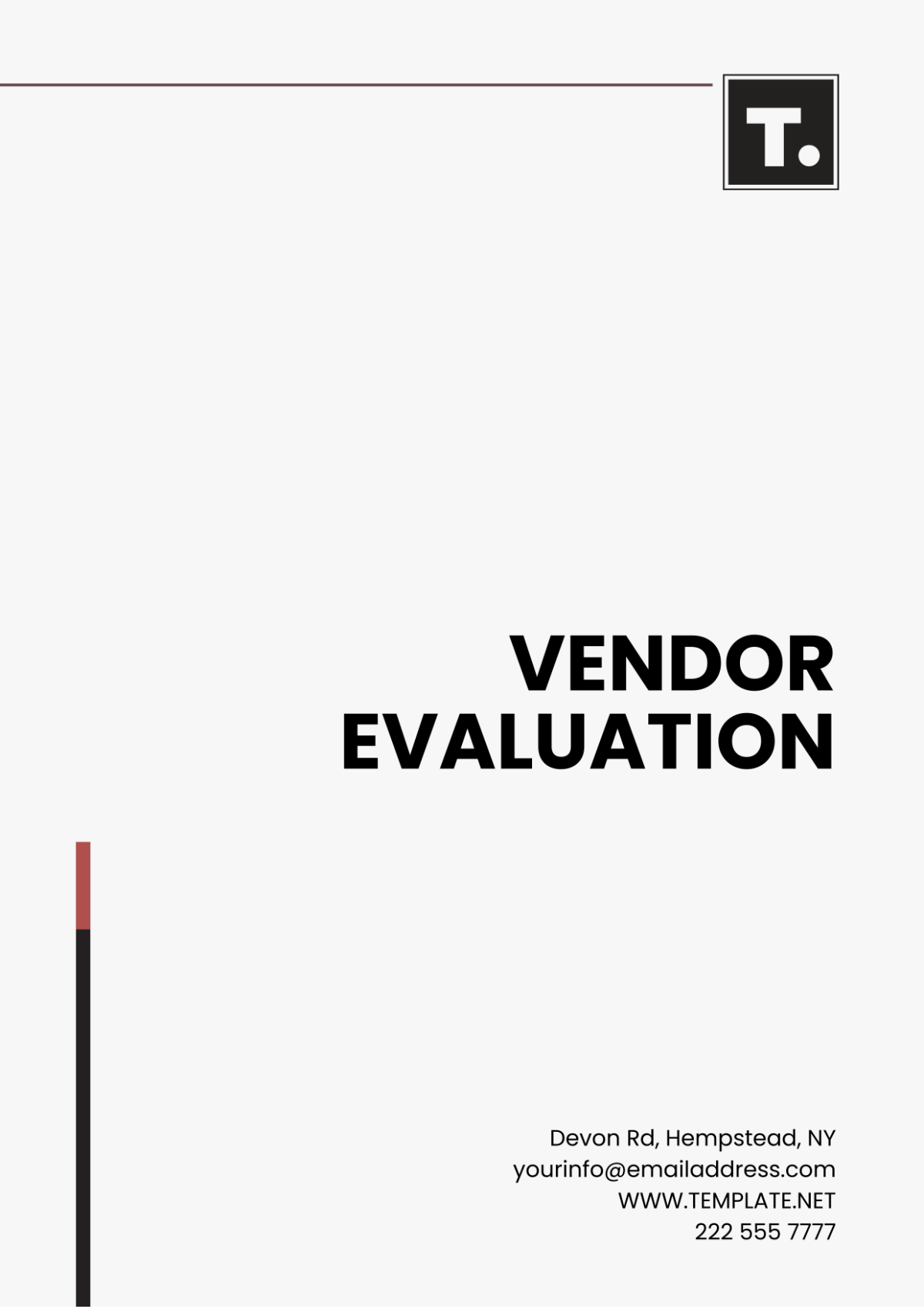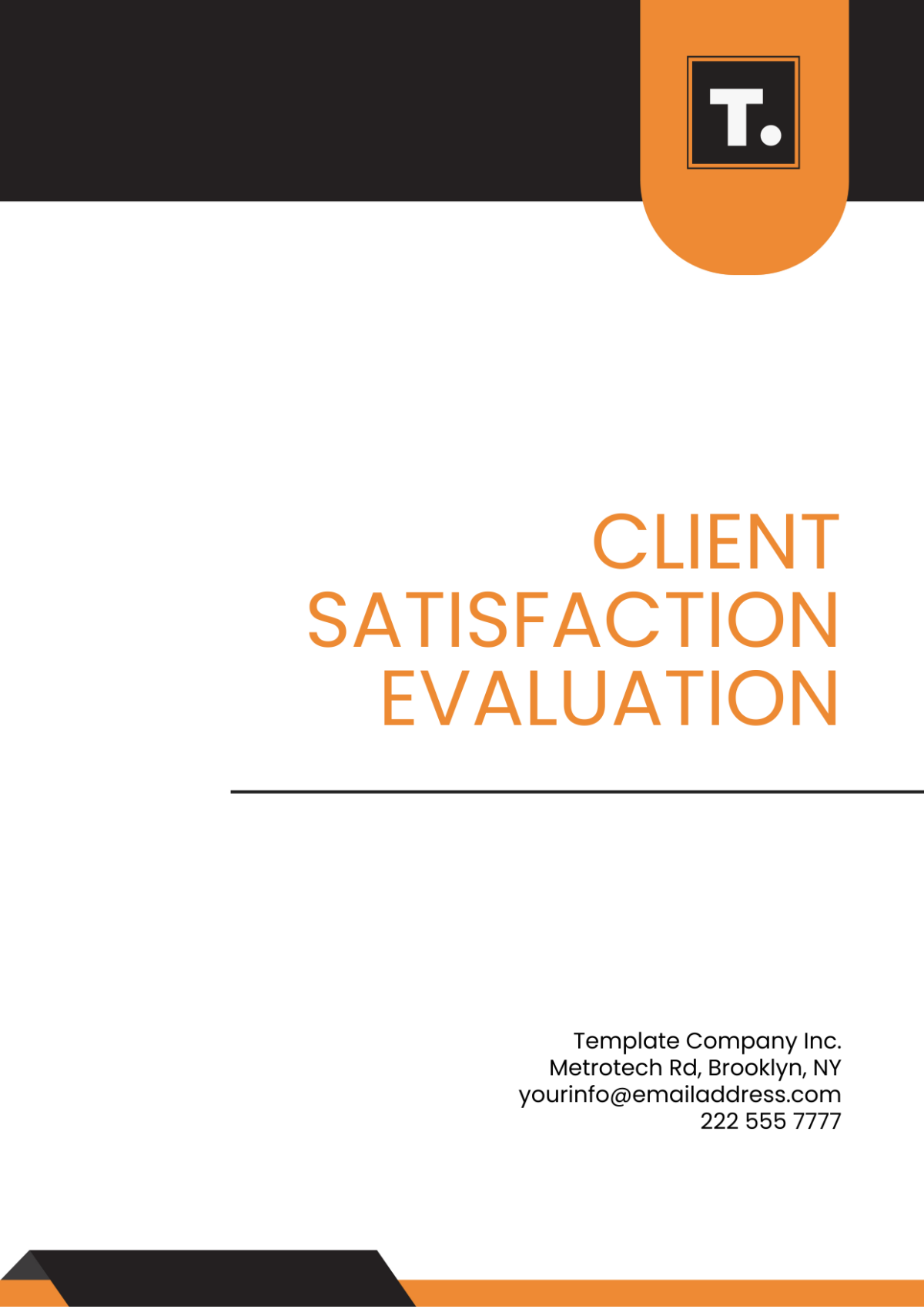Sales Product Return Evaluation Checklist
Welcome to the Sales Product Return Evaluation Checklist. This comprehensive guide, designed for [Your Company Name], will assist your team in evaluating product returns accurately and systematically. Ensuring a consistent approach across all returns, this checklist aims to maintain customer satisfaction while managing the financial implications effectively.
Date: | [Month Day, Year] |
Customer Name: | [Customer Name] |
Invoice/Order Number: | [00-000] |
Product Serial/ID Number: | [00-000] |
Return Authorization Number: | [00-000] |
Phase 1: Initial Inspection
The Initial Inspection phase is crucial for setting the baseline of the return process. It involves verifying the returned product against the original return request, inspecting for damages, and ensuring completeness. This step lays the groundwork for a transparent and fair evaluation, safeguarding both [Your Company Name] and the customer's interests.
Verify the product received matches the noted return request
Check for any visible damage or functional impairments
Ensure that all package contents and accessories are returned
Confirm the serial or UPC code matches the sales record
Document product condition and completeness
Phase 2: Detailed Assessment
The Detailed Assessment digs deeper into the reason behind the return, identifying whether the issue is due to a manufacturing defect, misuse, or other reasons. This phase is key to understanding the root cause and determining the most appropriate course of action to rectify the problem effectively.
Determine the specific reason for product return
Analyze if the problem described by the customer is reproducible
Assess if the issue can be rectified or if it's a manufacturing defect
Evaluate the cost-effectiveness of repairing vs. replacing the product
Perform a risk assessment for resale, if applicable
Phase 3: Financial Evaluation
Financial Evaluation focuses on quantifying the impact of the product return on [Your Company Name]'s finances. It involves calculating potential losses, resale values, and the costs associated with repair, repackaging, and restocking. This phase ensures that the financial decisions made are in the best interest of the company and its customers.
Calculate the potential loss due to refund
Assess the monetary value if the product is resold
Estimate the cost of repairing and repackaging the product
Evaluate the expense of returning the product to the manufacturer or supplier
Determine the financial implication of restocking fee, if applicable
Phase 4: Decision Making
Decision Making is where all the gathered information culminates into an actionable plan. Whether to refund, replace, or repair, this phase emphasizes making informed decisions that satisfy customer needs while aligning with [Your Company Name]'s policies and financial considerations.
Decide on whether to refund, replace, or repair the product
Assign the appropriate team for actioning the decision
Communicate the decision effectively to the customer
Ensure the customer is satisfied with the resolution
Update the sales record with the return and resolution details
Phase 5: Process Evaluation and Improvement
The final phase, Process Evaluation and Improvement, is dedicated to learning from each return process. By analyzing trends, identifying improvement areas, and implementing strategic changes, [Your Company Name] aims to reduce future returns, enhance customer satisfaction, and improve overall service quality.
Analyze the return process for potential improvements
Investigate patterns in current returned products for any notable trends
Develop strategies to reduce product returns
Implement improvements to customer communication and service
Measure the effectiveness of the implemented improvements
Prepared By: [Your Name]
Sales Templates @ Template.net
